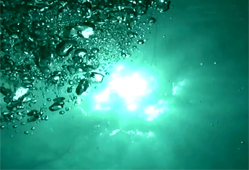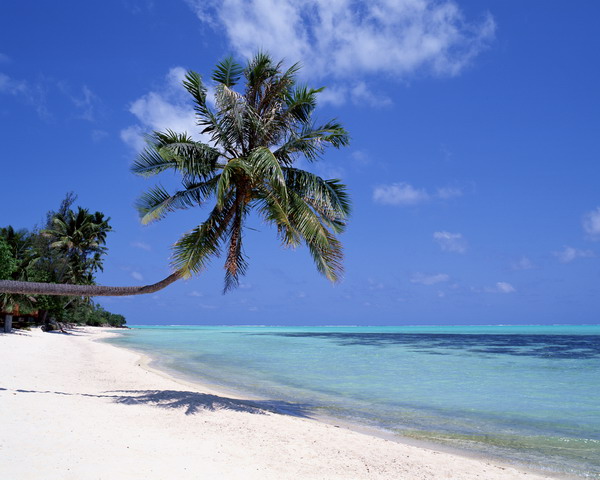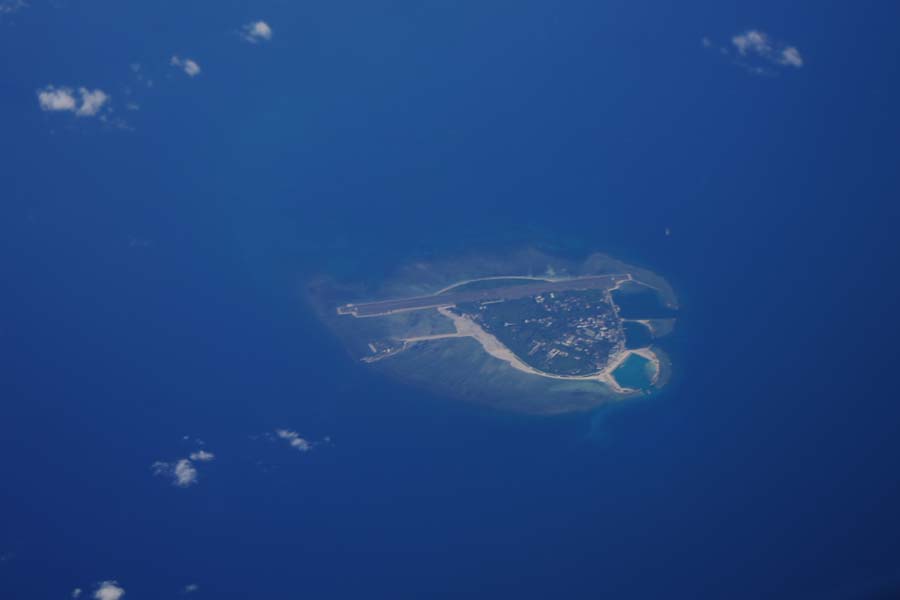June 1 is World Reef Day, a moment to spotlight one of Earth's most vital and vulnerable ecosystems. This year, the alarm is ringing louder than ever, as global coral reefs are undergoing mass bleaching. In this episode of our special series Coral Reefs Whisper, CGTN's Huang Yue dives into an XR-built virtual underwater world to explore why the reefs are losing their colors.
HUANG YUE CGTN Reporter "Under these vibrant blue waters, coral reefs, often called 'the gardens of the sea,' shine like jewels beneath the waves. Countless marine creatures call them home, and they're also a lifeline for people. However, these reefs are facing an unprecedented crisis: bleaching. In this episode of our special series, Coral Reefs Whisper, we use XR technology to dive into the South China Sea to uncover: Why are corals losing their colors? And what does this mean for our oceans?"
"It's getting warmer. Can you feel it? My colors are fading. My strength is slipping away."
HUANG YUE CGTN Reporter "What you're seeing right now is one of the biggest challenges coral reefs worldwide are facing: bleaching. But first, let's find out where their brilliant colors come from."
SUN FULIN South China Sea Institute of Oceanology Chinese Academy of Sciences "The coral skeleton, like the one I'm holding, is actually white. Those beautiful colors we see mostly come from tiny algae called zooxanthellae that live inside the coral. When seawater gets too warm for too long, that's when mass bleaching happens."
HUANG YUE CGTN Reporter "When temperature rises, corals expel these algae, and that's why they turn white. But bleaching doesn't mean death. At least, not right away."
"As my colors fade, I'm struggling to survive. Without the algae, I can't make the energy I need. If the waters stay warm for too long, I might not make it."
HUANG YUE CGTN Reporter "Bleaching isn't something just happening here. It's a global crisis. Most recently, the International Coral Reef Initiative announced that 84 percent of the Earth's coral reefs have been impacted in a mass bleaching event. Take the Great Barrier Reef, for example, Australian scientists are also seeing stress, as mortality events are occurring at an unprecedented rate."
NEAL CANTIN Coral Reef Biologist Australian Institute of Marine Science "This current 4th global mass bleaching event started in the Caribbean in the summer of 2023. It has continued to impact Australian reefs in 2024, Western Australian reefs in 2025. This 4th mass bleaching event continues to impact reefs around the world, which is a clear sign that the ocean warming and the climate change impacts are a global pressure."
HUANG YUE CGTN Reporter "But bleaching is not the end of the coral story. When corals die, their skeletons break apart and, over time, form what we call cays or sandbars. And here in the South China Sea, several of these cays already exist."
SHI QI South China Sea Institute of Oceanology Chinese Academy of Sciences "When coral reefs are healthy, they produce very little rubble, so there's not much material to move. But when many corals die, broken fragments pile up, and waves and monsoons can carry them ashore."
HUANG YUE CGTN Reporter "Scientists say cays are a natural phenomenon. But some media outlets claimed that cays are evidence that China has dumped crushed corals into the South China Sea to build artificial islands. They even posted photos."
YANG HONGQIANG South China Sea Institute of Oceanology Chinese Academy of Sciences "Cays have no plants, so they're unstable. When a big storm hits a cay, it shifts, revealing fresh slopes covered with new coral rubble. It might look like artificial filling, but it's entirely natural. I captured such a phenomenon in 2016 at Tiexian Jiao, right after a storm, and again in 2018 at Niu'e Jiao."
HUANG YUE CGTN Reporter "Coral reefs and cays are not battlegrounds for finger-pointing, they're signs of how nature adapts and evolves. Here in the South China Sea, building and protecting the ocean don't have to be at odds, not if we lead with science, put the environment first, and think long term. This is a bleached coral simulation. Its colors are gone. But if you see this on the real seabed, it could still be alive. And if you want to see it thrive again, that's something we can only achieve together."















